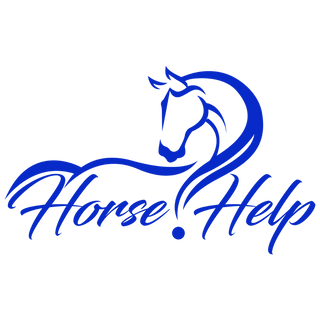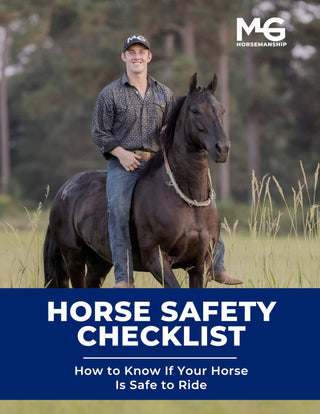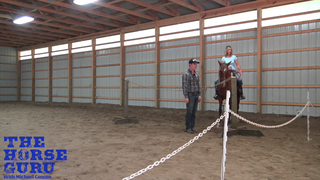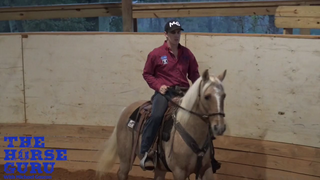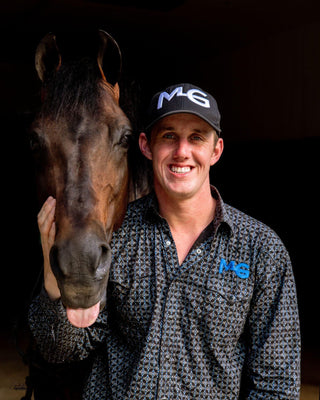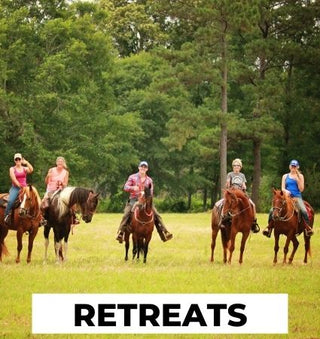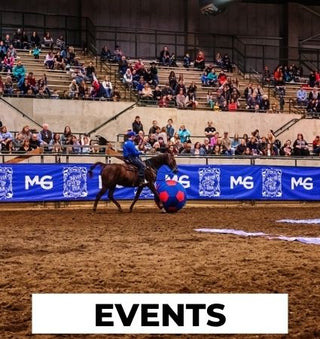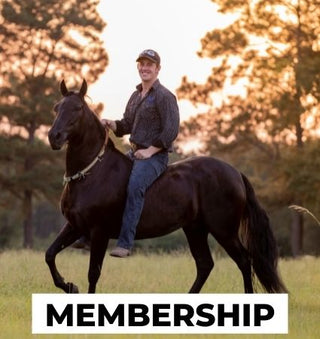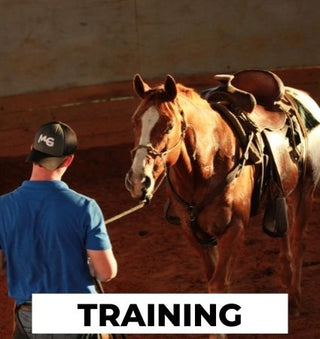Watch the Video Here or continue reading below!
Struggling to get your hot or sensitive horse to walk calmly? You’re not alone. Many riders face this challenge—especially when working with gaited horses, Arabians, Off-the-Track Thoroughbreds, and other high-energy breeds. In this lesson from Michael Gascon—The Horse Guru—you’ll learn a game-changing groundwork and riding exercise called “The Spiral.”
Let’s break down how to use spirals to quiet the mind and body of your energetic horse without creating tension, fights, or fatigue.
Why Traditional Methods Don’t Work on Hot Horses
Key Point: You can’t wear out a horse that’s built to go.
Many traditional training methods were developed using cold-blooded horses—breeds that naturally conserve energy. Those same techniques often fail (or even backfire) on hotter horses. Asking a high-energy horse to work more as punishment is like telling a marathon runner to jog a lap. They like it.
Instead of fighting fire with fire, we have to engage the horse’s mind—especially those built to move.
What Is the Spiral Technique?
The spiral is a focused, controlled exercise that uses pressure and release to calm a forward-moving horse.
The spiral allows the horse to move at its chosen speed initially but redirects its energy into a progressively smaller circle. This naturally slows the horse without force. Eventually, the horse chooses to walk or stop because the circle becomes too tight to continue moving fast.
Here’s how it works:
-
Start with a natural horsemanship halter or bitless bridle and allow the horse to move forward at its own speed.
-
Use your inside hand to guide the circle—touch and release lightly to keep tightening the circle.
-
Lock your inside rein on your thigh when the circle becomes small.
-
Use your outside rein to cue a stop and a backup, rewarding every backward step with a release.
Why Spirals Work: Mind Over Muscle
Horses can only buck, rear, or bolt when centered and locked in. Spirals disrupt that alignment. By redirecting energy and taking away half of their power, you're working smarter—not harder.
“The trick is not to add fuel to the fire. Sit like a sack of potatoes—relaxed posture, soft hands, and a quiet mind.”
Instead of holding your horse back and creating a tug-of-war, spirals allow them to make the decision to slow down. It’s gentle, effective, and repeatable.
What Kind of Horses Benefit Most?
Spirals work especially well on:
-
Gaited horses
-
Arabians
-
Off-the-Track Thoroughbreds (OTTBs)
-
Hot-blooded or sensitive horses
-
Horses that anticipate or bolt
Even horses fresh from the show ring or racetrack—like repurposed Saddlebreds and racehorses—respond quickly to this method.
Pro Tips for Success with Spirals
🔹 Pro Tip #1: Don’t Over-Flex the Head
Flexing the horse too far can make it harder for them to back up. You want the nose just in front of the shoulder—not pulled around toward your stirrup.
🔹 Pro Tip #2: Lock In Your Inside Hand
Keep your inside hand firm and immovable. This gives the horse a clear boundary, simulating an “unmoving wall” that encourages softness and respect.
🔹 Pro Tip #3: Address Resistance with Movement
If your horse locks up or braces (also known as "mewling up"), they may be stiff in their back legs. Send them forward again and retry the spiral. Remember your PP: Patience and Persistence.
Why Hot Horses Aren’t a Problem—They’re a Gift
“We write books and make movies about driven, focused people… but when horses are like that, we call them crazy.”
The truth? Hot horses are easier to train—once you stop trying to wear them out. They’re sensitive, responsive, and built for performance. You just need the right communication tools to tap into that potential.
Building a Better Bond Through Spirals
Beyond calming your horse, spirals set the foundation for:
-
Better steering
-
Softness and responsiveness
-
Preparing for advanced maneuvers
-
Installing key body control “buttons”
Once your horse understands to give to pressure instead of bracing against it, you’ll start seeing dramatic improvements in your ride—and in your relationship.
Final Thoughts: Control the Head, Control the Horse
By using the spiral method regularly, you’ll teach your horse that pressure has meaning—and that giving to it leads to comfort. This sets the stage for everything else in your training journey.
“You’re not wearing your horse out. You’re teaching them how to think.”
